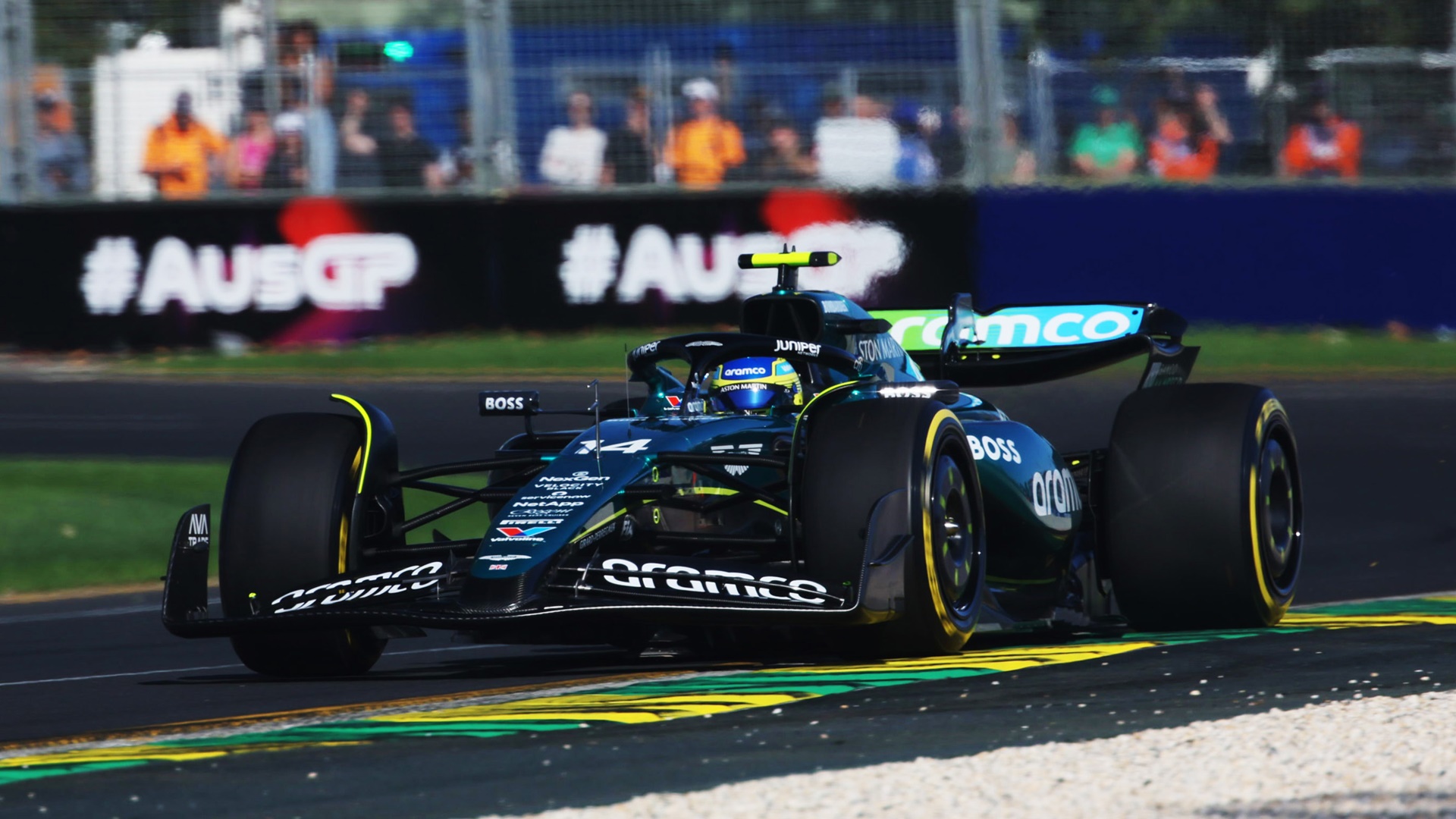- In the final lap of the Australian Formula 1 Grand Prix on Sunday George Russell crashed and found himself in the middle of the track at a high-speed corner.
- Post-race, the stewards examined data from Fernando Alonso’s car and found that he made bizarre decisions that led to a potentially dangerous situation.
- The stewards ultimately awarded Alonso with a penalty based on the telemetry data they examined.
The third round of the 2024 Formula 1 season took place at the weekend and it ended on a rather disastrous note. On lap 57 of the race, Mercedes AMG Petronas driver George Russell crashed into the wall and ricocheted back onto the track with the car splayed across the circuit.
It was a major crash but Russell was able to walk away unharmed. However, while the driver is known to have crashed on his own, this time it seems that the car he was following, Fernando Alonso’s Aston Martin, was a contributor to Russell’s prang.
Onboard with Geroge Russell crash #AustralianGPpic.twitter.com/zBl6dVBfCA
— F1_MercHub (@F1MercHub) March 24, 2024
We know this because Formula 1 cars are absolutely loaded with sensors that measure everything from the throttle percentage to tyre temperature and these sensors told a story that raised questions about Alonso’s driving.
In the video above we see Russell approaching Turn 6 rapidly which is understandable as this is a high-speed corner. However, Alonso appears to have slowed down significantly going into this corner and the Formula 1 Stewards who include Tim Mayer, Johnny Herbert, Matteo Perini and Matthew Selley believe that this slowdown contributed to Russell’s crash.
“Telemetry shows that Alonso lifted slightly more than 100m earlier than he ever had going into that corner during the race. He also braked very slightly at a point that he did not usually brake (although the amount of brake was so slight that it was not the main reason for his car slowing) and he downshifted at a point he never usually downshifted. He then upshifted again, and accelerated to the corner before lifting again to make the corner. Alonso explained that while his plan was to slow earlier, he got it slightly wrong and had to take extra steps to get back up to speed. Nonetheless, this manoeuvre created a considerable and unusual closing speed between the cars,” the Stewards wrote.
The Stewards believe that Alonso probably shouldn’t have tried something different going into that corner, even though they also agree that he had every right to try something different. However, because Russell was chasing him – and within overtake range – the Stewards believe that the move was potentially dangerous.
This is only possible because the Stewards have access to literal reams of data. Being able to compare prior laps to lap 57 and how Alonso approached the corner is a brilliant use of that data and applying it to the context of the race.
For his actions, Alonso received a 20-second penalty which was added to his finishing time, pushing him to 8th position. The driver also received three penalty points.
The reason this is so interesting is that the Stewards are basing their decision purely on the data they have to hand. As they state, they aren’t taking the consequences of the crash or whether Alonso’s actions were in order to get an exit. Based purely on the data, the Stewards determined that the actions taken were potentially dangerous.
Aston Martin can appeal this decision but it doesn’t seem like the team will.
“Lance has driven well all weekend and carried that form through to the chequered flag. Fernando’s race benefited from the Virtual Safety Car – it was surprising to see him drop to P8 with the post-race penalty, but we have to accept the decision. This will not distract from a positive day. The calls from the pit wall were spot on and operationally the whole team has been excellent,” Team Principal for Aston Martin Aramco F1 Team, Mike Krack said in a statement.
[Image – Aston Martin]

